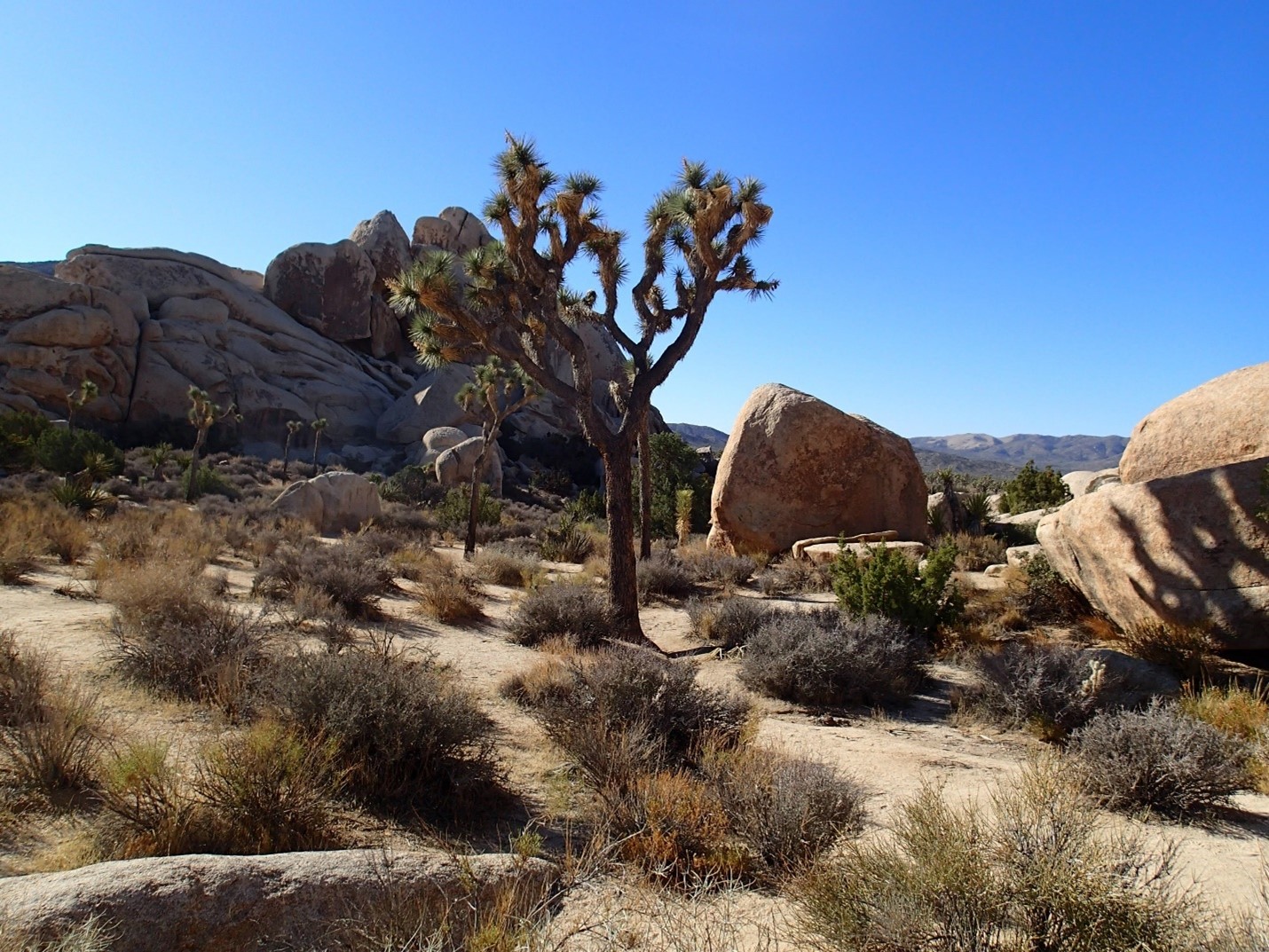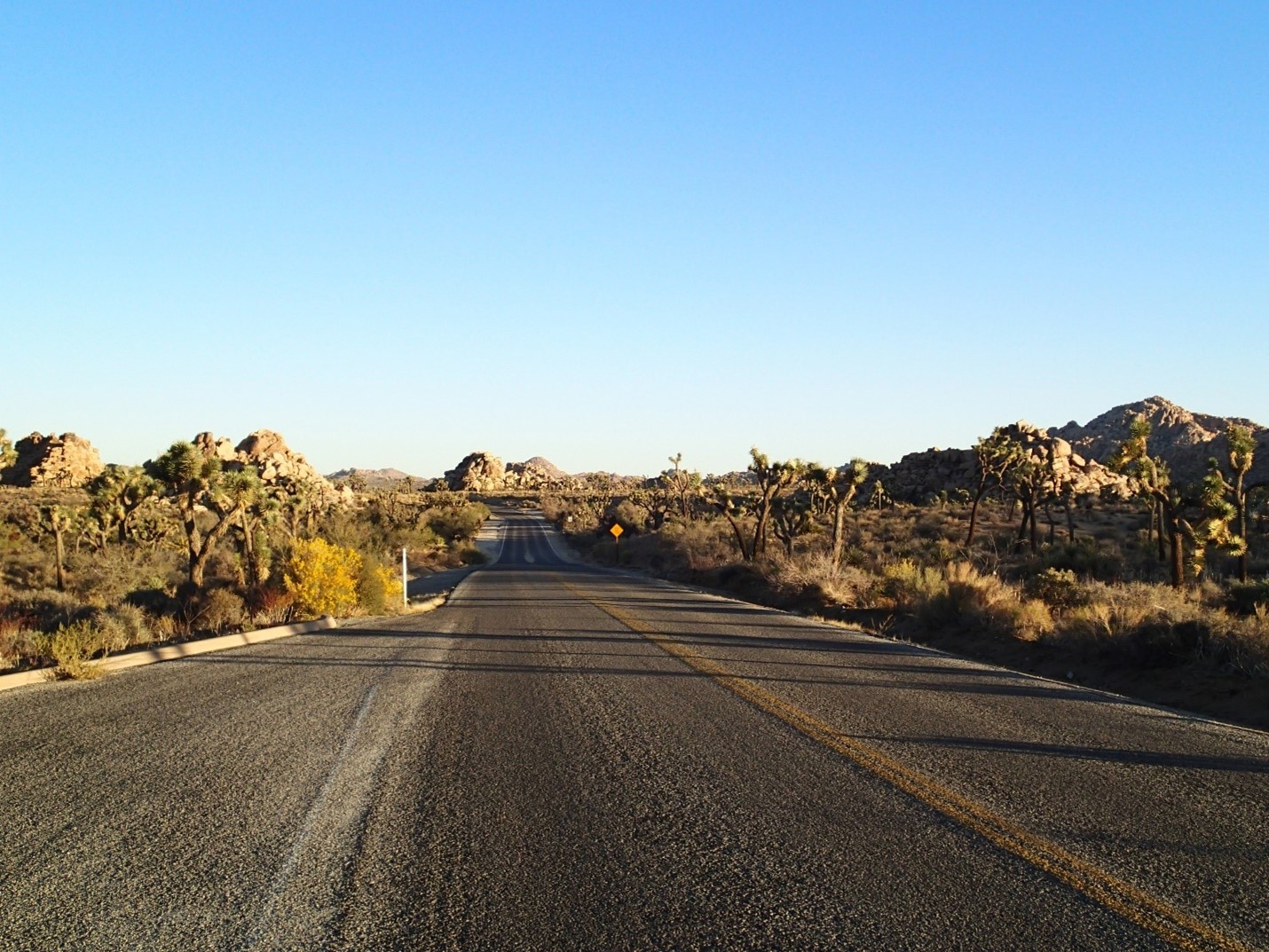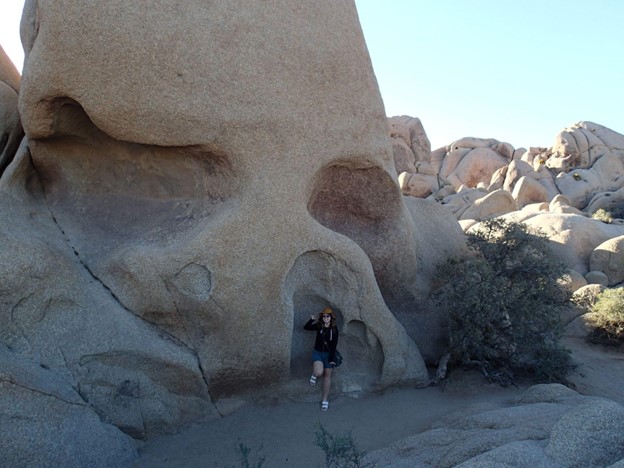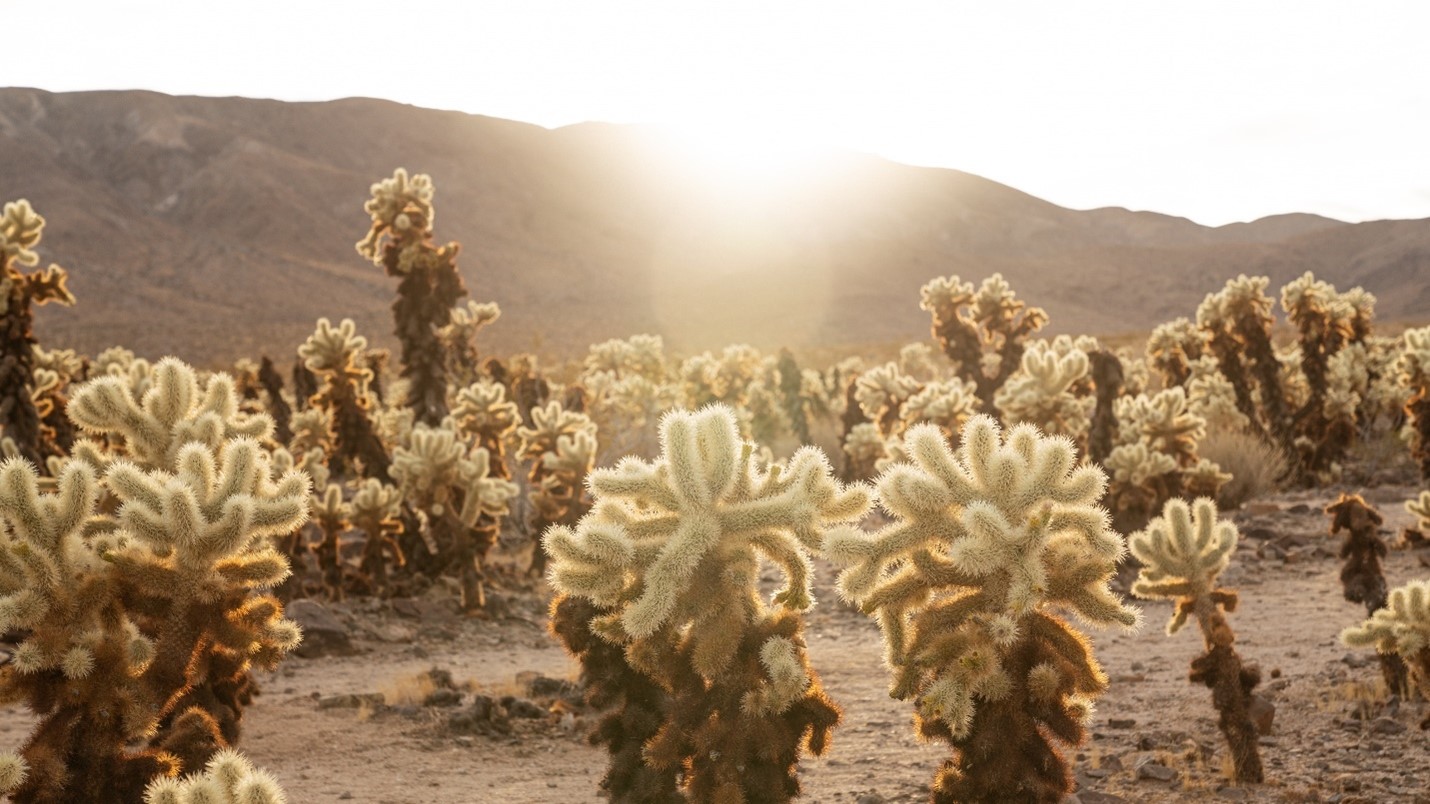Established on October 31, 1994, Joshua Tree National Park, with its imposing rock formations, tufts of scrappy shrubbery and rugged terrain, is akin to a desert landscape dreamt up for a galaxy far, far away. The stunning scenery stretches on as far as the eye can see — 800,000 acres to be exact — and offers visitors no shortage of ways to explore with the biggest attraction being the park’s namesake: the curious Joshua Tree. And, while the first thing visitors might observe about this strange plant is its unique appearance, what they might not realize is Joshua Trees are incredibly rare, only growing in areas of the southwest United States and northwest Mexico.

All these elements and more make the region truly magical, and its allure summons millions of visitors to the otherwise remote area of sunny California each year. Luckily for travelers visiting the City of Angels, Joshua Tree National Park is just a quick day trip from Los Angeles at two hours and 20 minutes by car. To help spark some wanderlust, and to get those planning wheels turning, here are some of our best tips for getting the most out of the voyage.
Getting There
Seeing as the U.S. is the birthplace of the Great American Road Trip, it’s no surprise the most common way to visit Joshua Tree National Park is by car. While there are several routes travelers can take from Los Angeles, many opt to shuttle along either the I-10 E, CA-60 E or CA-210 interstates, each of which offers a near-straight shot to the destination. Alternatively, those in search of an ultra-scenic route can forgo the highways completely and buckle in for a longer ride when they enter the park via Old Woman Springs Rd, a route that travels through Angeles National Forest and is easily mappable with help from Google.

When To Go
While Joshua Tree National Park is easily accessible from Los Angeles throughout the year, due to the scorching desert heat, some seasons are preferable to others. For this same reason, with average temperatures soaring up to 99 degrees Fahrenheit, summer is the park’s slow season. However, that’s not to say travelers shouldn’t visit during the dog days, but if they do, they will want to take extra care to be prepared with weather-appropriate clothing, a car to seek shelter in and plenty of water. On the flip side, Joshua Tree National Park can get quite chilly come the winter months with temperatures in late November through early March averaging anywhere from 70 to 30 degrees. For those ideal Goldilocks temps — not too hot, not too cold —, visitors will want to plan their trip in the spring from March through May or in the fall from late September through early November when averages range from 50 to 90 degrees.

Speaking of when to go, with over three million annual visitors, Joshua Tree National Park is one of the top 10 most-visited national parks in the U.S. According to the National Park System (NPS), the park’s peak season is October through May with weekends, holidays and spring break being among the most crowded. To beat the rush, travelers should plan to arrive early — before 8 a.m. — as entrances do get backed up. Additionally, the NPS recommends using the North Entrance in Twentynine Palms, CA or the South Entrance off Interstate 10 for the speediest results noting the main entrance in the town of Joshua Tree is the busiest.
What To Bring
Now that we’ve covered the climate, its important travelers know there’s no food, water or gasoline available inside Joshua Tree National Park. That means park-goers will want to ensure they have a full tank alongside plenty of snacks and beverages before embarking on their adventure. In addition to packing with care, NPS recommends travelers download the NPS app for access to offline maps, a handy trick to combat spotty cellphone service.

What To Do
Name any outdoor activity and chances are Joshua Tree National Park has it. For hikers, there are 300 miles of hiking trails to conquer and explore. In a similar vein, rock climbers will find 8,000 established routes and 2,000 bouldering scenarios to test their skills. Alternatively, those looking to spend the night will delight in pitching a tent at one of the park’s nine developed campgrounds where they might just catch a glimpse of the Milky Way, because the sky is just that clear. Attracted to the park’s majestic scenery and the nearly endless entertainment it provides, the region is a hot spot for photographers, bikers and birders too, making Joshua Tree National Park the perfect backdrop for various varieties of outdoor fun.

While visiting, travelers will want to keep an eye out for several unique rock formations and attractions. Here are a few of our favorites.
Notable Attractions
- Skull Rock: Located off the main east-west park road, Skull Rock is a curious formation that resembles, well, a skull. When viewed from just the right angle, this hunk of granite flaunts an oblong head paired with two hollowed-out “eye sockets.”
- Keys View: For the Insta-worthy backdrops of Coachella without ever attending the music festival, visitors can head to Keys View, a popular lookout atop the Little San Bernadino Mountains with picturesque scenery.
- Covington Flats: To encounter some of the park’s biggest Joshua Trees alongside fauna like junipers and pinyon pines there’s Covington Flats, a dirt road best accessed with a high clearance vehicle.
- Cottonwood Spring: Situated seven miles inside the park’s South Entrance, Cottonwood Spring is a historic highlight of the Colorado Desert as its Cottonwood Spring Oasis was used for centuries by the Cahuilla Indians.
- Black Rock Canyon: A favorite among campers, Black Rock Canyon is a quiet family campground with quick access to a nearby nature center, scenic hiking trails and wildlife viewing.
- Cholla Cactus Garden Nature Trail: For an Insta-worthy backdrop, visitors won’t want to miss Cholla Cactus Garden Nature Trail, an easy hike comprising 10 acres of desert landscape dotted with wildflowers and teddy-bear cholla.
Nearby Fun
With quirky shops, funky art installations, famous festivals and more, visitors will find the excitement doesn’t stop within the borders of Joshua Tree National Park. Those looking to add a few pitstops to their southwest adventure won’t want to miss these must-see attractions.
- Joshua Tree Rock Shop: Whether they’re hoping to channel the mystical energies of healing crystals or are just in the market for some really cool rocks, Joshua Tree Rock Shop has visitors covered with beautiful gems from around the world.
- Pioneer Town: Located just 10 miles outside Joshua Tree National Park, Pioneer Town is a 1940s movie set that’s stood the test of time. Today, the site acts as a popular tourist attraction where visitors can peruse western-themed shops and old-timey saloons to escape the desert heat.
- Joshua Tree Mural: Pics or it didn’t happen … Travelers can snap a photo by the colorful Joshua Tree Mural when they visit Natural Sisters Cafe in the town of Joshua Tree.
- World Famous Crochet Museum: Situated inside an old photo booth-turned neon green museum, Joshua Tree’s World Famous Crochet Museum is home to hundreds of colorful crocheted creations. The museum’s mascot? A crochet alligator named “Bunny.”
- The Station: Like South Dakota’s Wall Drug but cuter, The Station is a revamped 1949 Richfield Service Station selling artsy souvenirs, t-shirts, gifts, jewelry, refreshing drinks and more. Not to mention, its colorful exterior and towering cowboy fiberglass sculpture make it hard to pass up.
- Palm Springs, CA: A popular tourist town in the Coachella Valley, Palm Springs is famous for its midcentury-modern architecture, luxurious and funky hotels, challenging golf courses and rugged landscapes. The city has a thriving LGBTQ+ scene as well as great options for shopping and dining.






comments